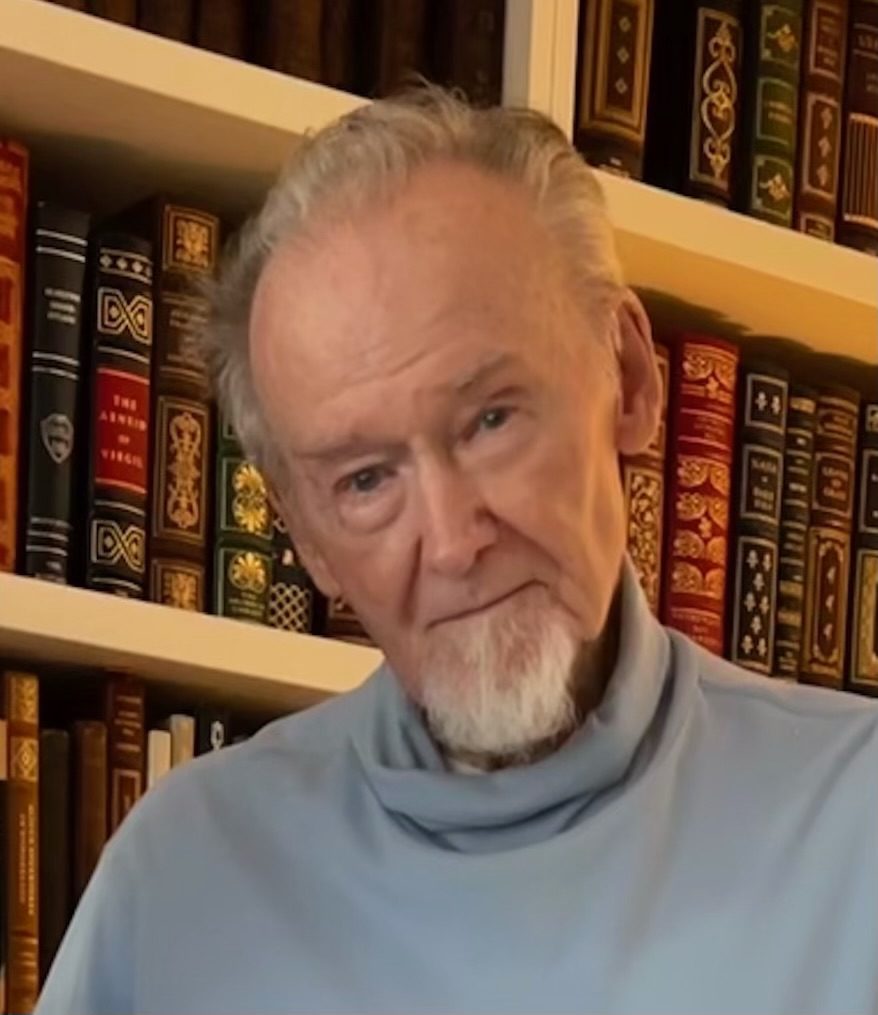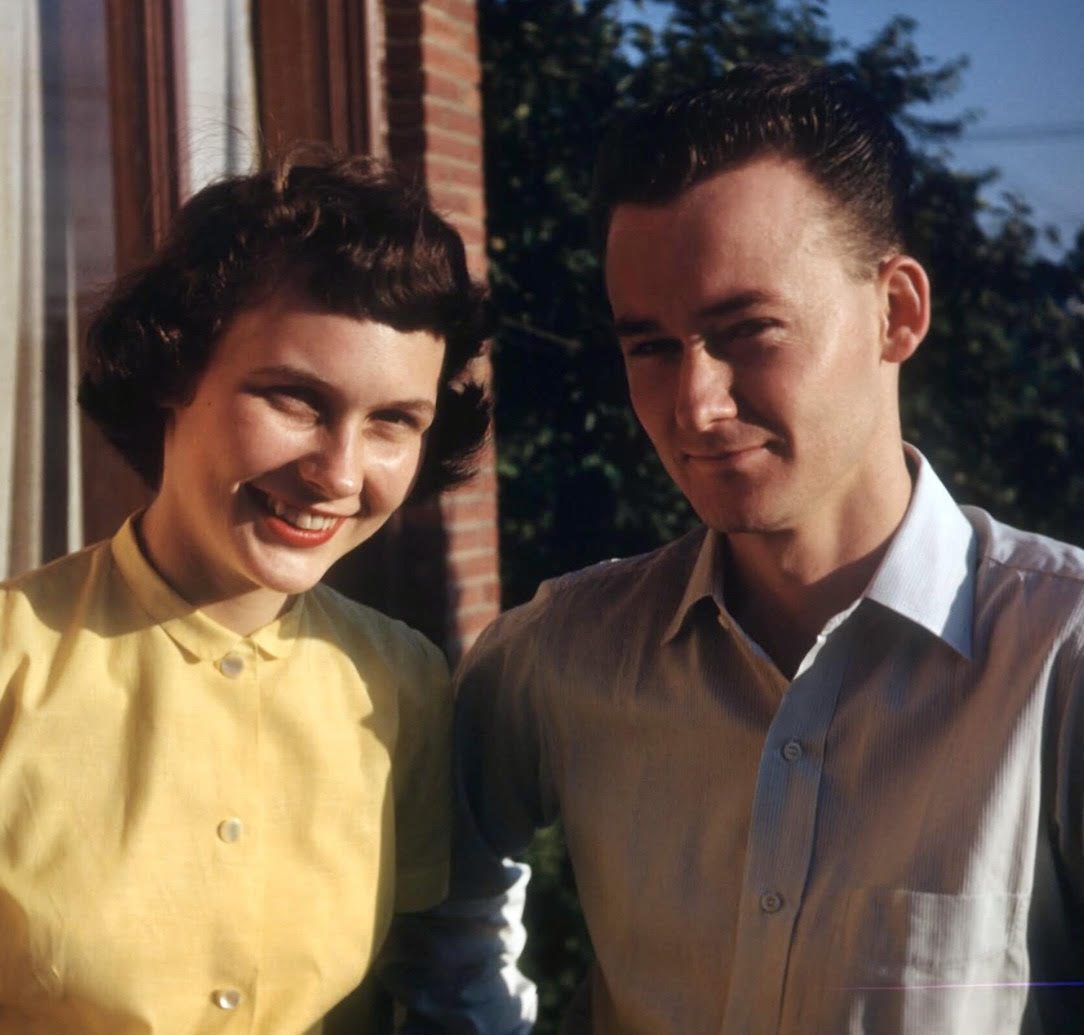Sam Saunders
February 24, 1931 - January 22, 2023
Sam Cundiff Saunders was born to a family of emigrant farmers and ranchers in the rural Eastern Oregon town of Richland, at the foot of the Wallowa Mountains. Like many families, his family suffered severe economic distress during the Great Depression and for a time they lived in a renovated chicken coop with scant heating and only a single electric lightbulb. Sam fell ill at the age of six and, after months of increasing weakness, was diagnosed with tuberculosis. He was immediately taken to the Oregon State Sanitorium in Salem, a two-day trip from home, where he stayed for over a year. Miraculously, both he and his sister Susan, who was also there for a time, recovered from the “White Plague.”
Richland had a one-room schoolhouse to which students’ horses were often tied up outside during class. Sam’s gifts were quickly noted by his teacher; his first score on a standardized test was so exceptional the teacher re-administered it out of disbelief in the result. At the teacher’s urging, the family relocated to La Grande, Oregon, where Sam could attend a “true high school.” There, Sam lettered in football and track and excelled in his classes. By his senior year, he was disagreeing with and correcting many of his teachers on subjects ranging from literature to science.
Sam worked at various jobs to support his education and one summer, while driving a rush delivery of bread from Baker City to La Grande, he was pulled over for speeding. Unable to pay the $10 fine, he was thrown into jail for the night. Although Sam never again spent time in jail, he did accumulate his share of speeding tickets and fines.
After graduating from high school, Sam attended Eastern Oregon College (now University) on a scholarship. He graduated from the University of Oregon in 1948 with a Bachelor of Science in Mathematics and earned his Ph.D. at the University of Washington in 1952. His thesis documented the discovery and application of the Fatigue-Life Distribution (now also known as the Birnbaum-Saunders Distribution), with specific application to structural failures in materials.
Sam met his wife, Ruth Ann, while teaching summer-classes at the University of Washington. They were married in 1954 and raised three children, Winston, Craig, and Susan in the Seattle area and Eastern Washington.
After graduate school, Sam worked at Boeing Scientific Research Laboratories (BSRL) where he made many contributions to mathematical theories underlying aircraft reliability. He was proud to work at Boeing and once impressed his father-in-law by arranging a tour of the first 747 prototype.
Sam joined the faculty of Washington State University (WSU) as a full professor of Mathematics in 1972. In addition to teaching and research, he served on the Nuclear Regulatory Commission and maintained a private consulting business. He taught many successful students up to his retirement in 1996, after which he continued to mentor younger mathematicians from the US and abroad.
Sam had diverse interests outside of mathematics. He played volleyball in Boeing and Seattle leagues and was dubbed the “flying goat” for his signature goatee and abilities as a setter. He was an accomplished photographer, winning recognition for his meticulously crafted black and white prints. His portrait of Wallodi Weibull graces the cover of a well-known statistics textbook.
Sam respected the craftsmanship and engineering of Porsche cars and drove one for over fifty years, always ensuring they were properly serviced, washed, and driven. He was proud to participate in Porsche Club tours where his immaculate 911S, being among the oldest cars in the club, would drive near the front of the line. He developed a keen interest in the science and metallurgy of Japanese katana and once demonstrated that the curvature of many samurai blades follows the logarithmic spiral, a mathematical curve optimizing cutting efficiency. He organized exhibits of Samurai Art and Armor at WSU and the Bellevue Art Museum.
Sam was a life-long Shakespearean and could recite many sonnets from memory. In response to the Shakespeare authorship question, Sam was a confirmed Oxfordian. One of his widely recognized contributions was an analysis of the odds in Claudius’ wager on Hamlet’s duel with Laertes. “This meticulous specificity seems a remarkable achievement in the sixteenth century… That this answer could have been guessed without extensive fencing experience and knowledge of Cardano’s work in probability, seems virtually impossible.”
As an opera and music lover, Sam attended the full cycle of Wagner’s Ring multiple times and one of our last memories of him and Ruth Ann together is of them holding hands and singing “If Ever I Could Leave You” from “Camelot.” His Guinevere and her Lancelot.
Sam is survived by his wife of 68 years, Ruth Ann, his sisters Susan Means and Jane (Dale) White, his children Winston (Sara Stamey), Craig (Gayatri Salunke), and Susan (Dan) Eylar, grandchildren Katelyn Eylar, Alison and Samuel Saunders, and Rhea Shinde, and great-grandchildren Louis and Leslie Saunders Oehlerking and Harper Lee Hebden.
In lieu of flowers, donations in his memory can be made to the Sam C. and Ruth Ann Saunders Endowed Scholarship at the Eastern Oregon University Foundation (www.eou.edu/foundation/giving/) or to the Washington State University Foundation for the Sam C. and Ruth Ann Saunders Graduate Fellowship in Mathematics (https://bit.ly/SaundersWSU/).















